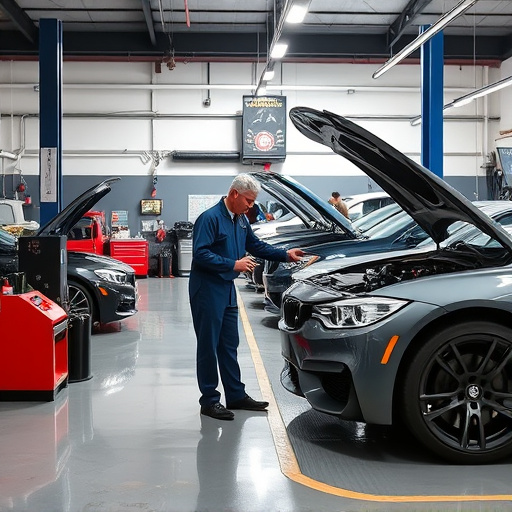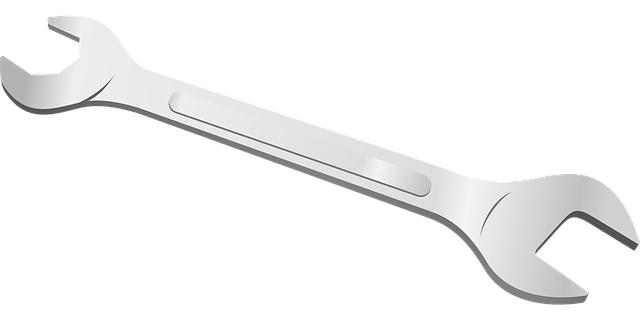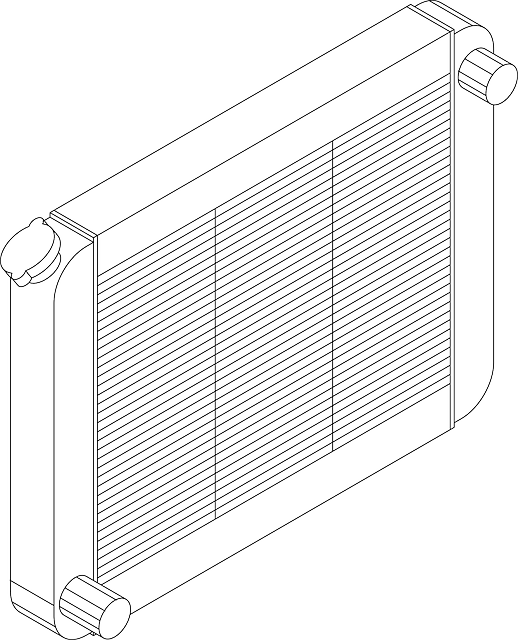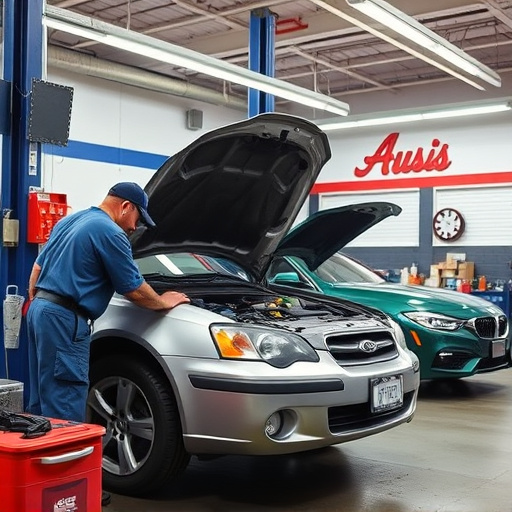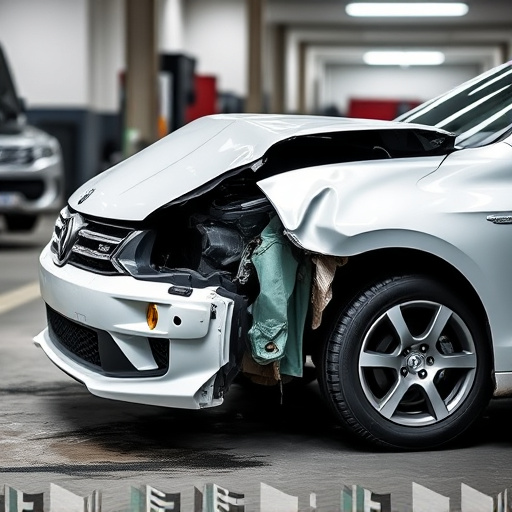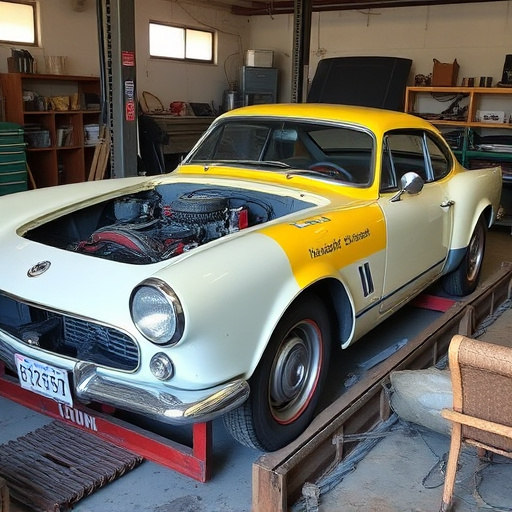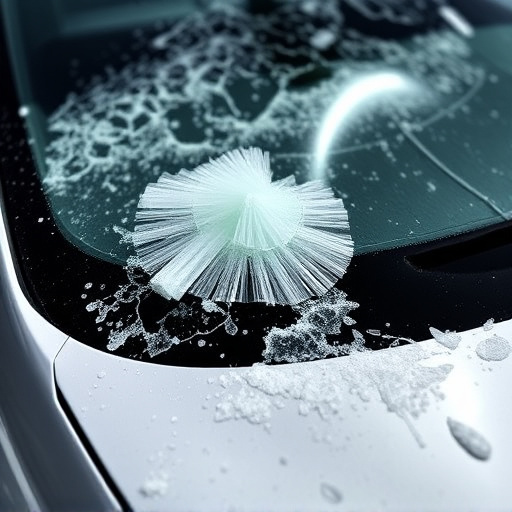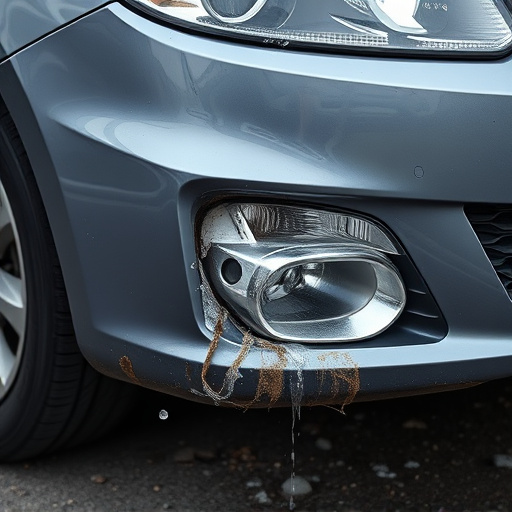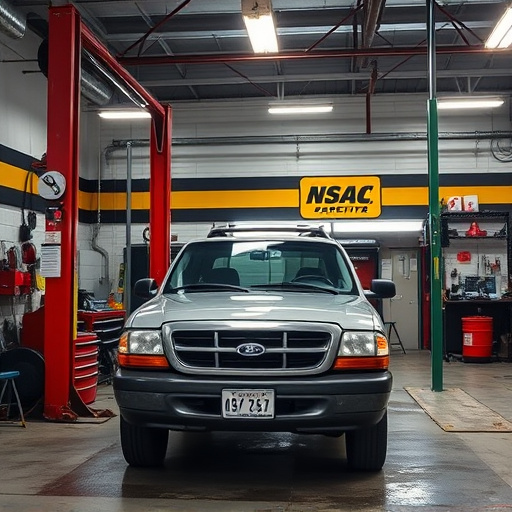Full-size truck collision repair demands meticulous assessment by skilled technicians who inspect structural damage and critical components like tires, suspension, brakes, and electrical systems. A tailored repair strategy is then developed to address both aesthetic and mechanical aspects, aiming to restore the truck's pre-collision condition or incorporate modern safety features. Advanced techniques, appropriate materials (including OEM replacements or approved aftermarkets), and adhesives ensure durability and compatibility while combining artistry and science. Post-repair quality control using diagnostic tools guarantees each component meets pre-accident standards, ensuring safety and customer satisfaction, ultimately strengthening the auto repair shop's reputation in a competitive market.
In the event of a collision, full-size trucks require specialized collision repair services for optimal safety and performance. This article delves into the key elements that contribute to successful full-size truck collision repair. From initial assessment to choosing the right techniques and materials, and finally implementing rigorous quality control measures, each step is crucial for ensuring both safety and customer satisfaction. Understanding these components can help professionals deliver top-notch repairs.
- Understanding Full-Size Truck Collision Repair: The Initial Assessment
- Essential Techniques and Materials for Optimal Restoration
- Post-Repair Quality Control: Ensuring Safety and Customer Satisfaction
Understanding Full-Size Truck Collision Repair: The Initial Assessment

When a full-size truck is involved in a collision, proper assessment and understanding of the repair process are crucial for achieving optimal results. The initial step in full-size truck collision repair involves a thorough inspection of the vehicle’s damage, which includes assessing the impact’s severity and identifying affected components. Skilled technicians will carefully evaluate the truck’s body structure, frame integrity, and various systems to determine the extent of repairs needed.
This assessment goes beyond just visual inspections. It encompasses checking for structural damages, such as crumpled panels or misaligned frames, and evaluating the condition of essential components like tires, suspension, brakes, and electrical systems. Accurate identification of damaged areas is key to devising an effective repair strategy, ensuring that every element receives the necessary car bodywork services, from minor dents and dings to major structural repairs. Auto bodywork professionals then create a detailed plan, considering both visible aesthetics and underlying mechanical adjustments, to restore the truck to its pre-collision condition or even enhance it with modern safety features.
Essential Techniques and Materials for Optimal Restoration
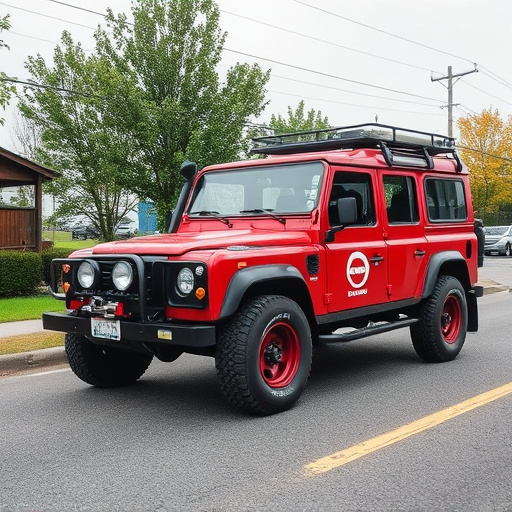
In full-size truck collision repair, mastering specific techniques and utilizing appropriate materials is paramount for achieving optimal restoration. Beyond straightforward welding and painting, skilled technicians employ advanced methods like structural integration and computer-aided design (CAD) to realign components precisely. This ensures not just a visually seamless finish but also maintains the vehicle’s original structural integrity.
The choice of materials is equally crucial. High-quality parts, including original equipment manufacturer (OEM) replacements or approved aftermarket options, guarantee durability and compatibility. Additionally, advanced adhesives and sealants are essential for bonding components, enhancing overall strength and water resistance—crucial aspects in a robust car collision repair or automotive collision repair process.
Post-Repair Quality Control: Ensuring Safety and Customer Satisfaction

Post-repair quality control is an integral part of any full-size truck collision repair process. It involves meticulous inspection and testing to ensure that all components have been correctly restored to their pre-accident condition, maintaining both safety standards and customer satisfaction. Skilled technicians at a reputable auto collision center or car body shop will employ advanced diagnostic tools to verify the integrity of repairs, checking for alignment issues, structural integrity, and proper paint finish.
This rigorous process not only guarantees that the vehicle meets industry standards but also reassures customers that their trucks are safe to operate on the road. By implementing thorough quality control measures, an auto repair shop can build trust and maintain a positive reputation in the competitive world of full-size truck collision repair.
Full-size truck collision repair is a complex yet crucial process that demands precision and expertise. By understanding the initial assessment, employing essential techniques and materials, and implementing rigorous quality control measures, repair professionals can achieve optimal restoration results. This ensures not only the safety of these substantial vehicles but also the satisfaction of customers who rely on them for their livelihood. Incorporating best practices in full-size truck collision repair is a game-changer, fostering a safer and more reliable transportation network.

